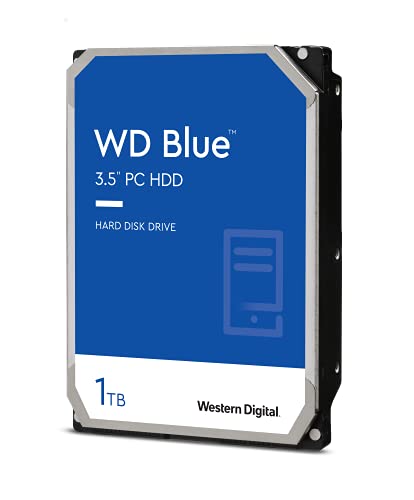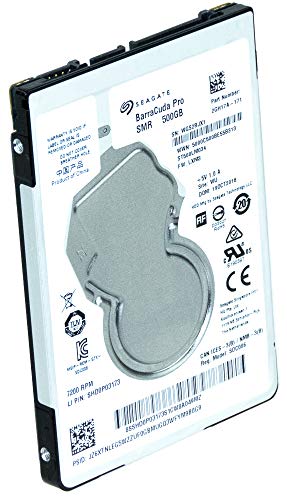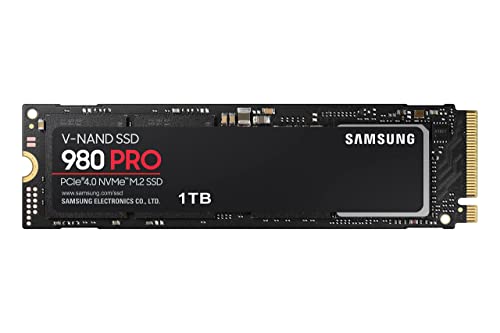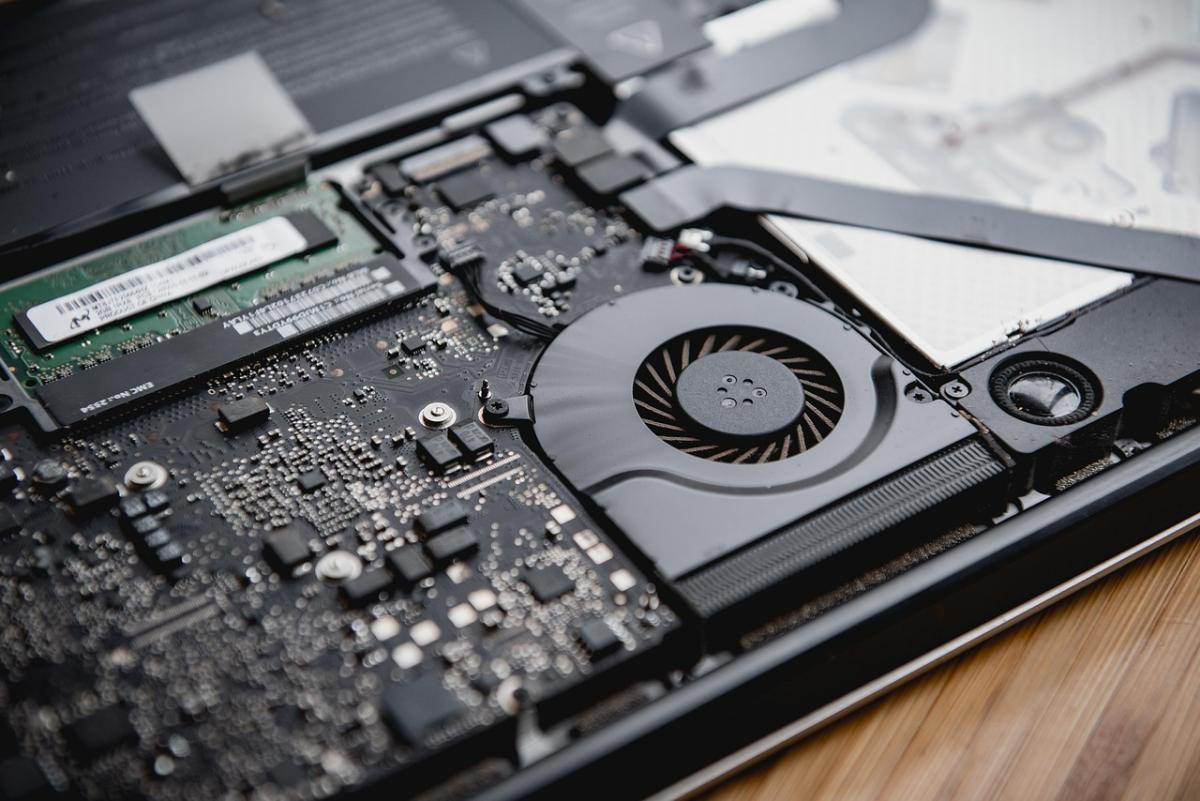**Introduction**
As computing tasks become more data‑intensive, traditional storage technologies are being augmented with innovative solutions like Persistent Memory and 3D XPoint. These technologies provide near‑DRAM speeds with the non‑volatile characteristics of storage, enabling faster system responsiveness and more efficient data handling. This article delves into the state‑of‑the‑art advancements in persistent memory, how 3D XPoint is poised to revolutionize storage, and why these technologies are critical for the future of high‑performance PCs.
**Technological Innovations**
- **What is 3D XPoint?**
3D XPoint technology offers storage speeds and endurance that bridge the gap between DRAM and NAND flash, dramatically reducing latency in data‑intensive applications.
- **Persistent Memory Arrays:**
By integrating persistent memory modules onto the system board, PCs can utilize data storage that retains information even when powered down, while providing near‑DRAM performance during active workloads.
- **Enhanced Controller Technology:**
Modern controllers for persistent memory optimize data caching and error‑correction, ensuring high reliability and efficiency.
- **Scalable, Hybrid Architectures:**
Combining traditional SSDs with persistent memory offers a balanced approach that delivers both high capacity and near‑instant data speed for critical applications.
**Applications and Benefits**
- **Rapid Data Access:**
Persistent memory reduces data retrieval times, essential for real‑time analytics, gaming, and professional multimedia tasks.
- **Efficient Multitasking:**
The ability to quickly access large datasets improves overall system responsiveness, benefiting content creators and enterprise applications alike.
- **Enhanced System Performance:**
Reduced latency and improved throughput translate into a more fluid computing experience, accelerating creative and computational workflows.
- **Cost‑Effective Scalability:**
Hybrid storage systems that incorporate persistent memory offer scalability and performance boosts without necessitating a complete system overhaul.
**Future Directions**
As development continues, persistent memory and 3D XPoint technologies will become more refined and accessible, with further integration into mainstream computing systems. Expect their cost to drop and their capacity to increase, ultimately transforming how PCs handle data-intensive operations while enhancing overall system speed and efficiency.
**Keywords:** persistent memory, 3D XPoint, high‑performance storage, low latency, hybrid storage, ultra‑fast data, system responsiveness, data analytics, next‑gen memory
Persistent Memory and 3D XPoint
The Next Frontier in PC Storage
Related Articles
Essential High-Performance PC Components You Need Now
Upgrade your setup with the must-have parts for unbeatable gaming and productivity
Top Picks for Best High-Performance PCs
Find the perfect power machine for gaming, work, or creative projects
Your Guide to the Best High-Performance PCs
Find the Right PC for Your Gaming and Creative Needs
View our related products
See more






